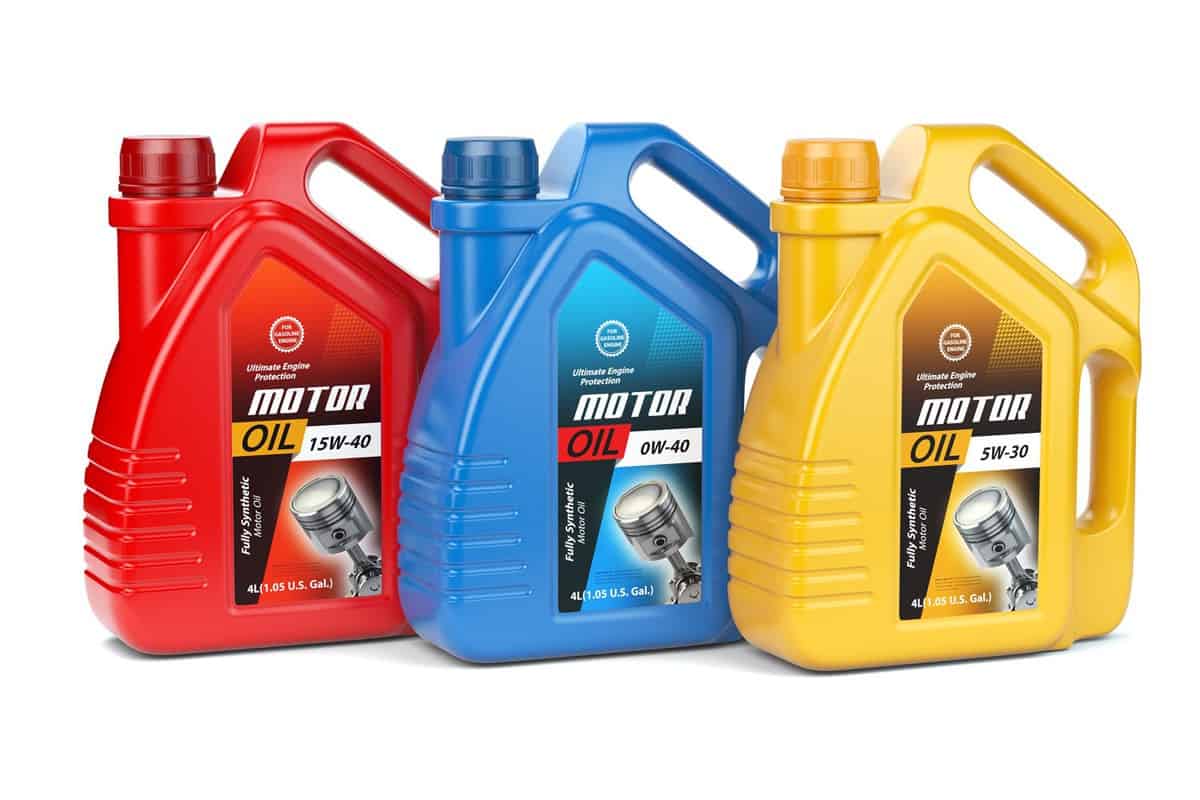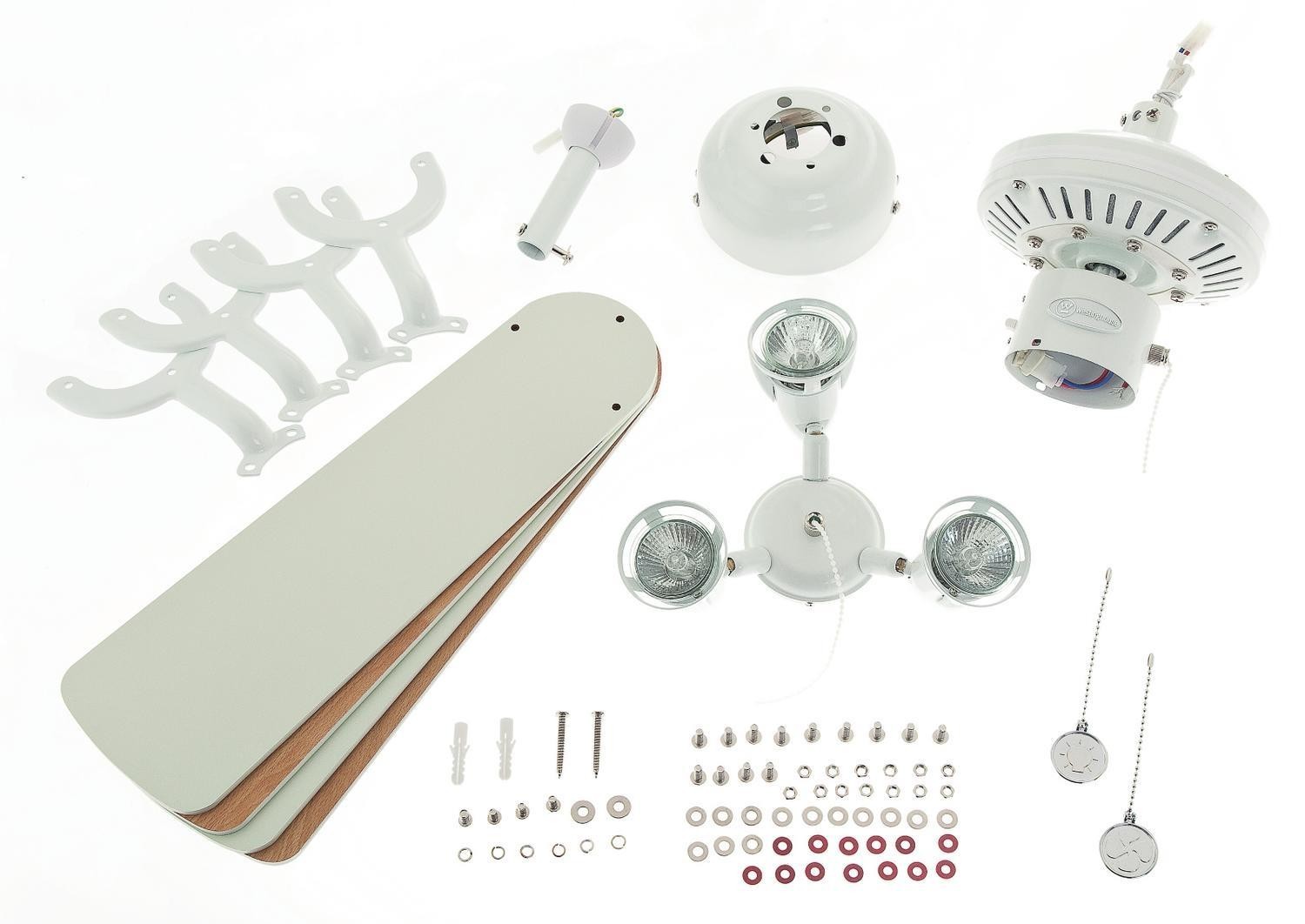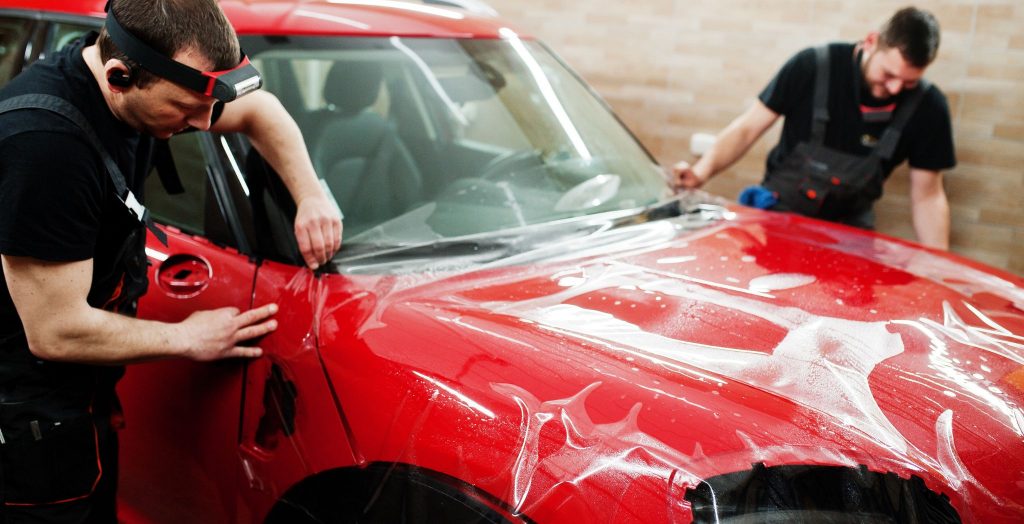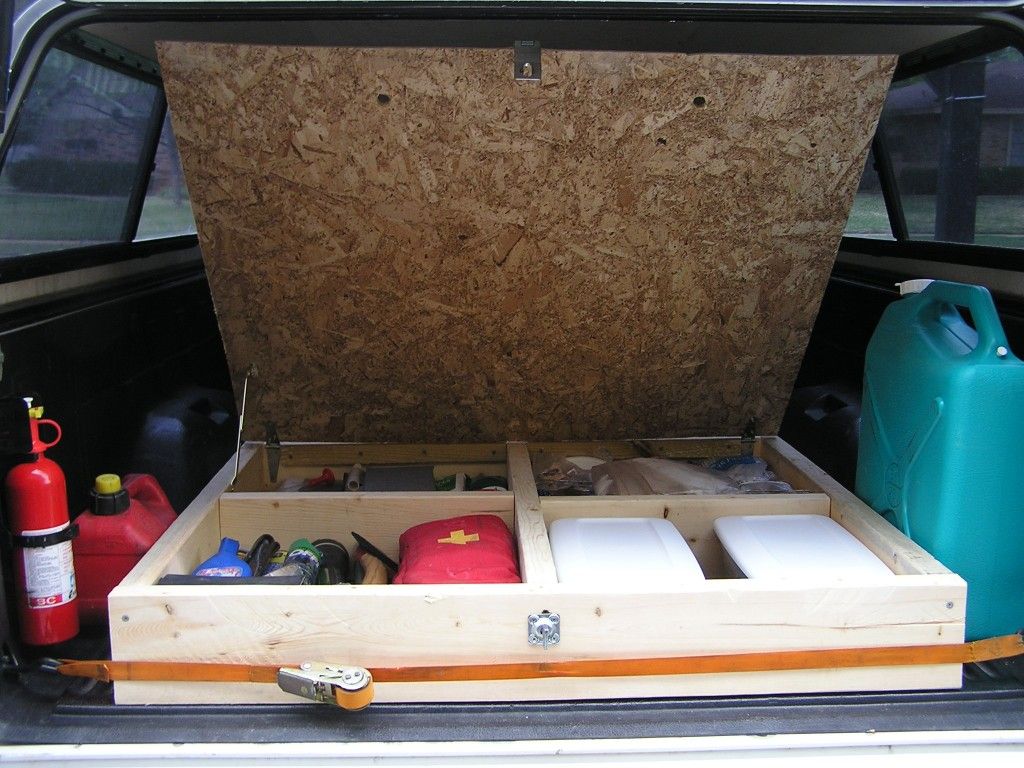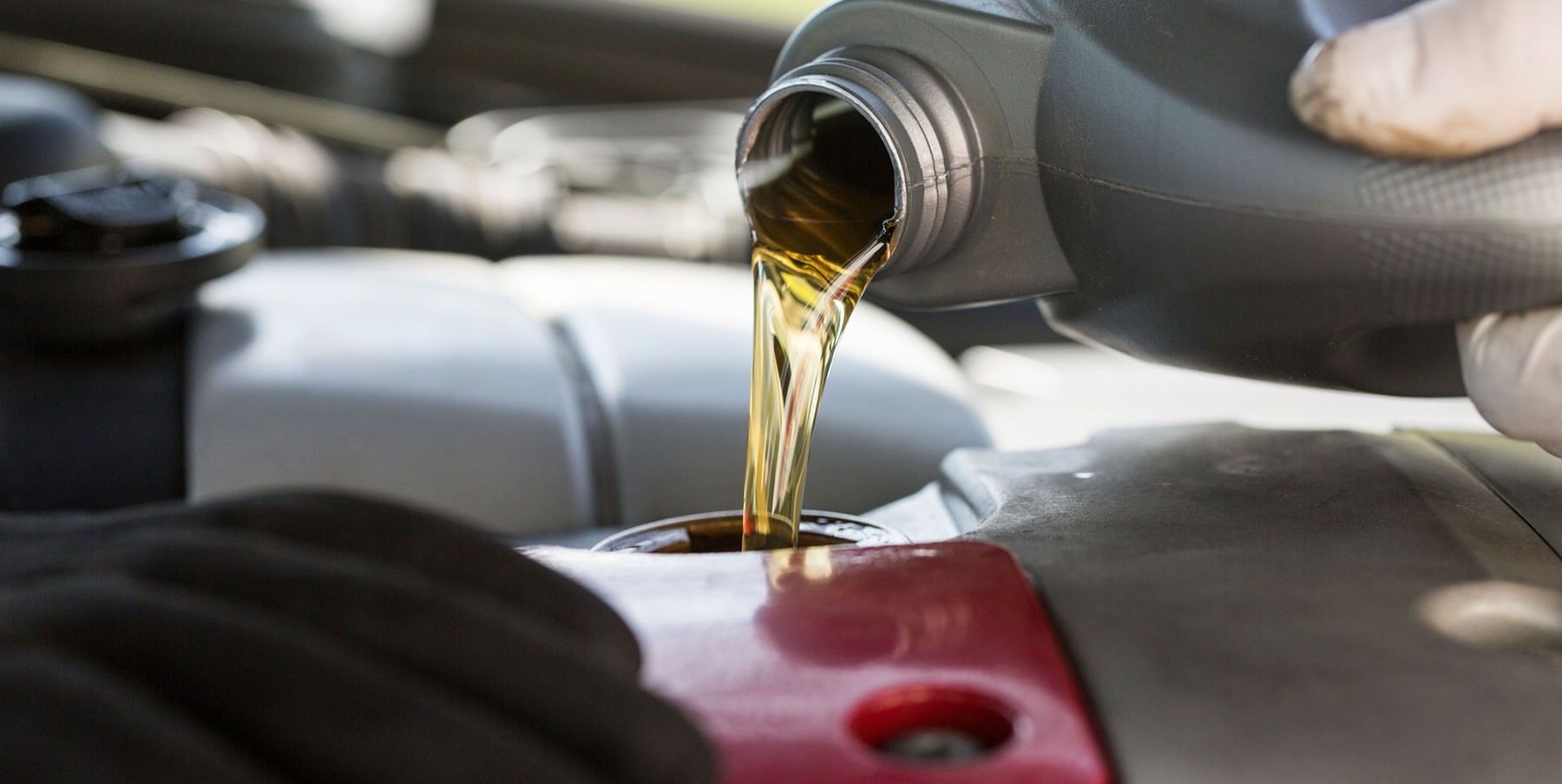
Motorcycle safety is a paramount concern encompassing various practices, regulations, and equipment aimed at minimizing risks and ensuring the well-being of motorcycle riders and other road users. It involves a combination of rider education, responsible riding habits, proper gear usage, and adherence to traffic laws to create a safer environment for everyone on the road.
1、Protective Gear:
Wearing appropriate protective gear is fundamental. This includes a DOT-approved helmet, eye protection, durable jackets, gloves, full pants, and sturdy boots. These items significantly reduce the severity of injuries in case of an accident.
2、Skill and Training:
Riders should undergo comprehensive motorcycle training courses to acquire essential riding skills. These courses cover topics like proper braking, cornering techniques, emergency maneuvers, and hazard awareness. Continuous education and practice are crucial to improving riding skills and safety.
3、Defensive Riding:
Motorcyclists need to adopt a defensive riding approach, anticipating potential hazards and being prepared to react to unexpected situations. Defensive riding includes maintaining safe distances, staying visible to other drivers, and being mindful of blind spots.
4、Adherence to Traffic Laws:
Following traffic laws and regulations is imperative for motorcycle safety. This includes obeying speed limits, yielding right of way, using turn signals, and not driving under the influence of alcohol or drugs.
5、Regular Maintenance:
Proper maintenance of the motorcycle is essential for safety. Regular checks of brakes, tires, lights, and other vital components ensure that the motorcycle is in optimal working condition.
6、Avoiding Distractions:
Staying focused and minimizing distractions while riding is crucial. Avoid using phones, adjusting radios, or engaging in activities that divert attention from the road.
7、Weather Awareness:
Being mindful of weather conditions is vital for motorcycle safety. Adverse weather like rain, snow, or strong winds can significantly affect visibility and traction, requiring riders to adjust their speed and driving techniques accordingly.
8、Group Riding Etiquette:
When riding in a group, proper communication and spacing are essential. Riders should maintain a staggered formation, use hand signals, and adhere to a designated leader for a more organized and safer ride.
9、Sharing the Road:
Motorcyclists must be aware of other vehicles and their blind spots, particularly in larger traffic. Avoiding riding in a vehicle’s blind spot and assuming that other drivers may not always see you can prevent accidents.
10、Lifelong Learning and Improvement:
Experienced riders should continue educating themselves on advanced riding techniques and safety measures. Participating in advanced training courses or joining rider groups can enhance skills and knowledge, contributing to safer riding habits.
In conclusion, motorcycle safety involves a combination of proper gear usage, continuous training, defensive riding practices, adherence to traffic laws, regular maintenance, and being aware of one’s surroundings. By prioritizing safety and responsible riding, motorcycle enthusiasts can significantly reduce the risks associated with this mode of transportation.





